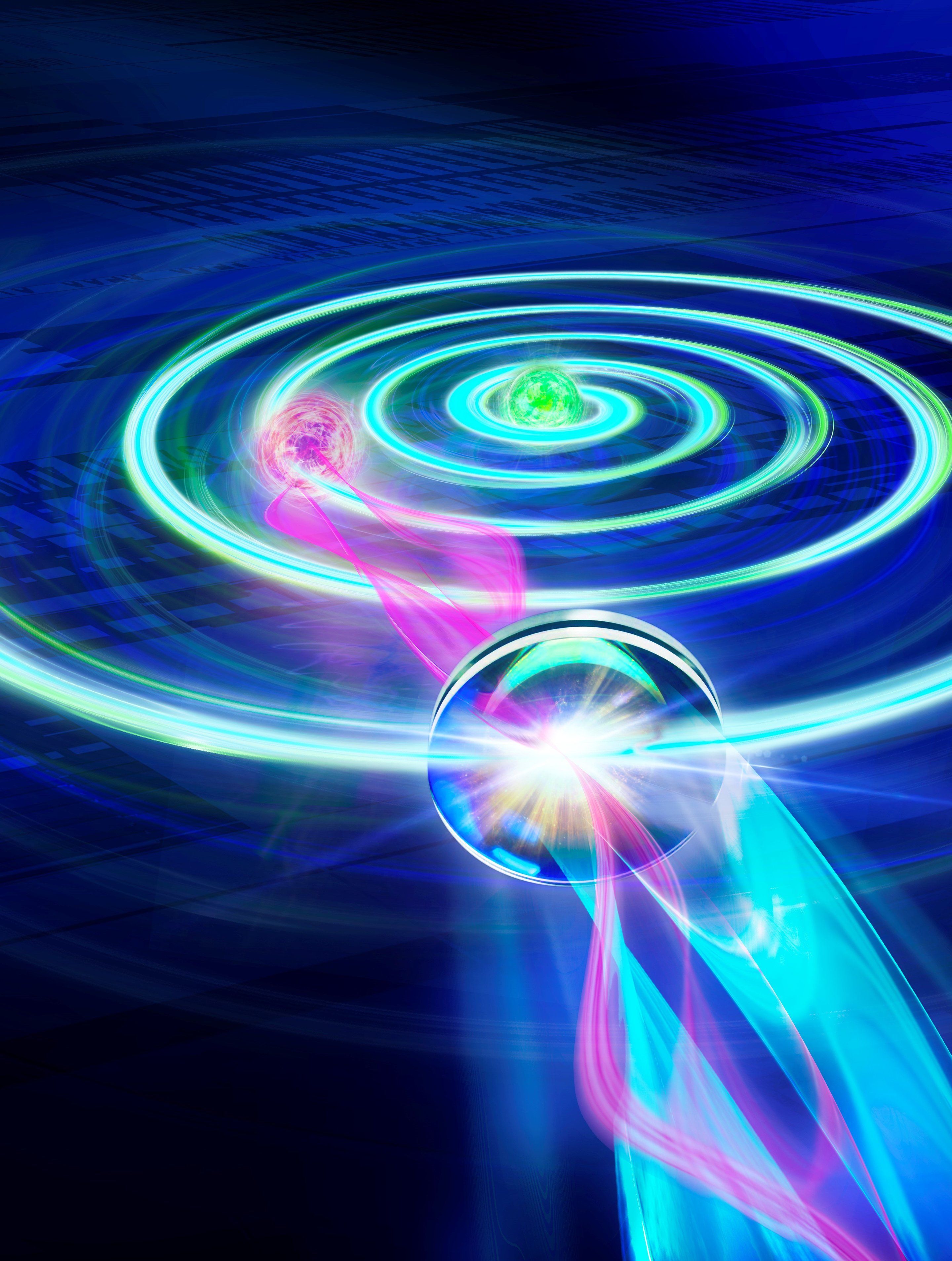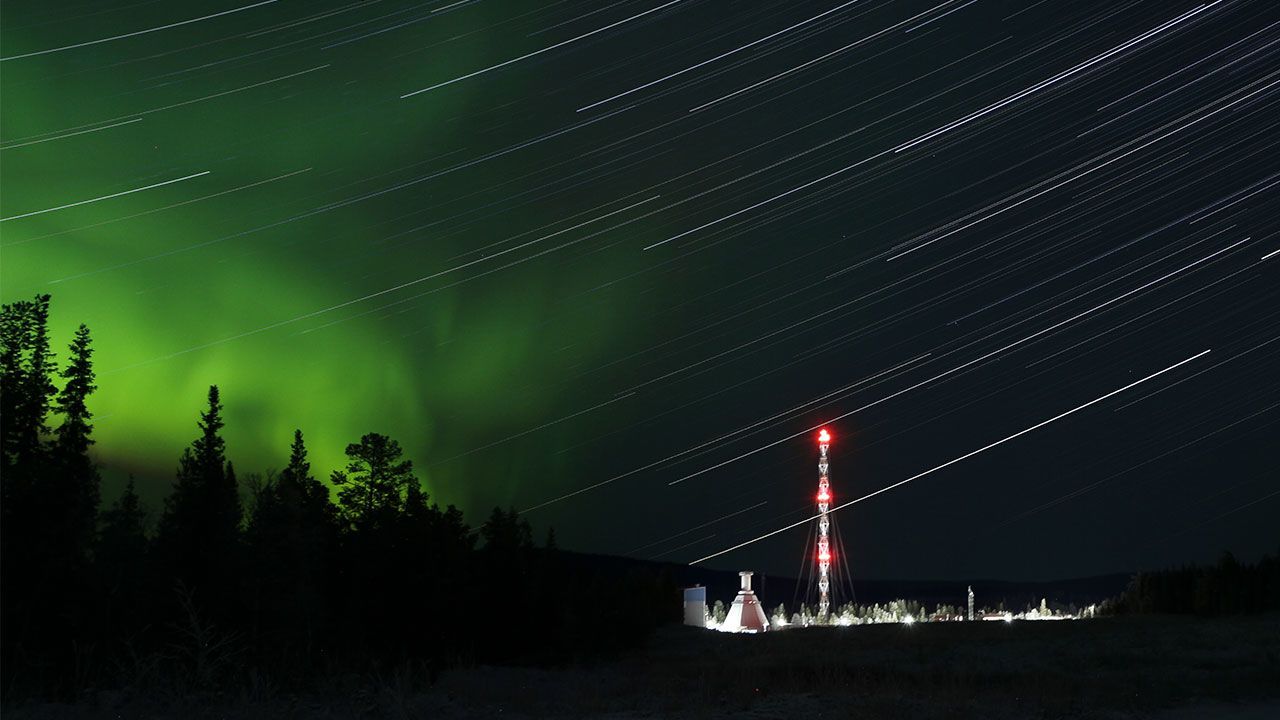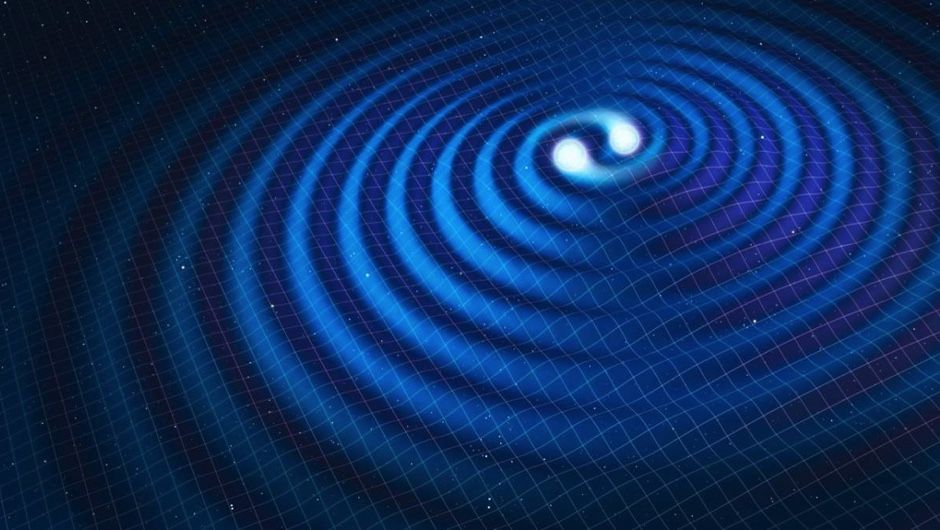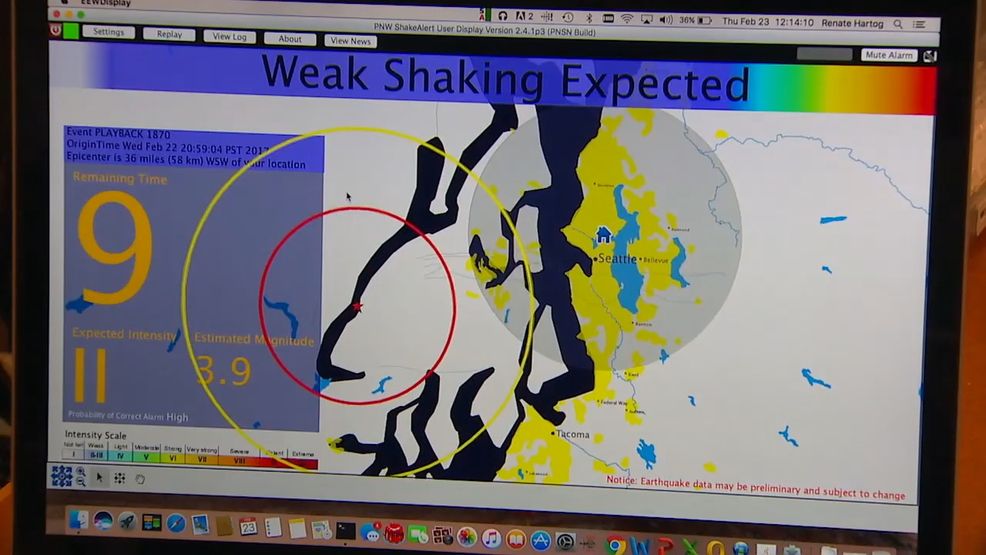Speaking from beyond the grave, Professor Stephen Hawking has told a new generation growing up in an increasingly insular world: ‘Remember to look up at the stars and not down at your feet.’
The eminent cosmologist, who had motor neurone disease and died in March, had his final public thoughts broadcast at a special event to launch his last book, Brief Answers To The Big Questions.
Prof Hawking’s words of advice and defiance, echoing from an Imax screen at London’s Science Museum, brought tears to the eyes of his daughter Lucy.









